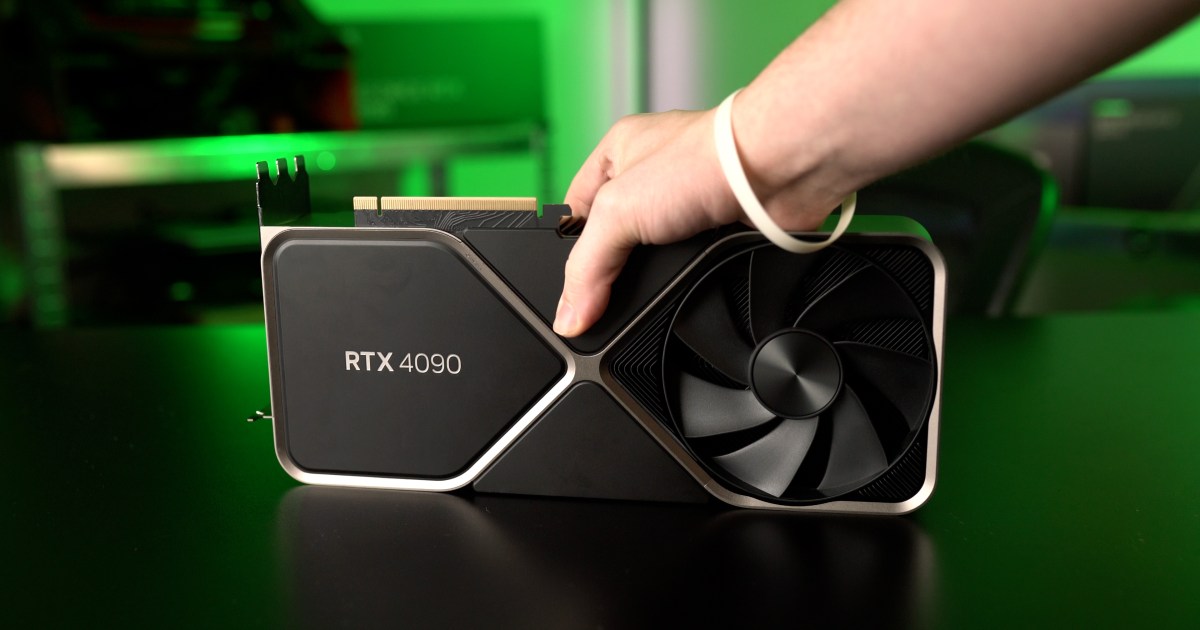Nvidia’s next-gen GPUs for gamers might arrive sooner than we expect. According to a recent report, Nvidia’s board partners are gearing up the GeForce RTX 50-series graphics cards, which are expected to hit the market in the fourth quarter. Nvidia is expected to initially focus on the RTX 5090 and the RTX 5080, although we can’t be too sure about these names.
If the rumors are true, this approach would mirror Nvidia’s RTX 40 series launch pattern where the RTX 4090 debuted toward the end of 2022, followed shortly by the RTX 4080 a few weeks later. The more affordable RTX 4070 Ti and 4070 were then released in early 2023.
UDN’s report also mentions that industry analysts seem positive about Nvidia’s significant biennial upgrades to GPUs, and they anticipate a rise in shipment volumes for board manufacturers this year. This boost is also expected to drive up the average selling price of graphics card products. In short, start saving up gamers!
Get your weekly teardown of the tech behind PC gaming
It is expected that the RTX 50-series will be based on the recently announced 4nm Blackwell architecture. It is built on TSMC’s 4NP node, an enhanced version of the 5nm node where two GPU dies are connected across a 10TB-per-second interconnect. It can handle double the model size of last-gen Ada Lovelace, and supports a new 4-bit floating point instruction set.
There’s also speculation that the RTX 5090 and 5080 will incorporate GDDR7 memory, while the RTX 5090 could sport a substantial 24,576 CUDA cores and a 512-bit memory bus. As per YouTuber RedGamingTech, we could see a huge jump in VRAM, going up to 36GB of memory in the RTX 5090.
According to Moore’s Law Is Dead, the performance improvement between Ada and Blackwell might not be substantial. The YouTuber’s insider source indicated that “Blackwell’s rasterization improvement over Ada won’t be as remarkable as the leap from Ampere to Ada.” However, the source also suggested that Nvidia could create the perception of a similar performance boost for the RTX 5090 “if it felt challenged.”
However, from a different perspective, there’s speculation from sources like RedGamingTech. In their video, the YouTuber asserts that we could see up to a 2x increase in performance between Lovelace and Blackwell. They suggest that the RTX 50-series might double the ray tracing performance compared to the RTX 40-series, alongside an overall performance boost of up to 2x.
RedGamingTech is uncertain if this pertains to rasterization, making it challenging to gauge these possible improvements accurately. Nevertheless, they anticipate clock speeds exceeding 3GHz, which would represent a significant increase over Ada, while noting that this applies primarily to overclocked models.
Editors’ Recommendations


